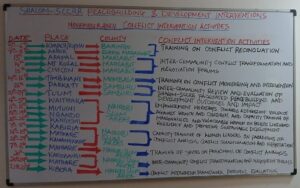“Every child has the right to an education” (The Convention on the Rights of the Child; Article 28).
Many developing nations in Africa are still experiencing an increase in the number and intensity of violent conflicts and civil strife. In the last decade, the reality in Eastern Africa has improved on many fronts but many crisis situations are still pleading for help. Unresolved land disputes (that is, access to, ownership and usage), unclear administrative boundaries, forced displacement commercialized livestock theft, negative ethnicity, political incitement/ divisive politics, limited access to education among others have been cited as the major causes of conflict.
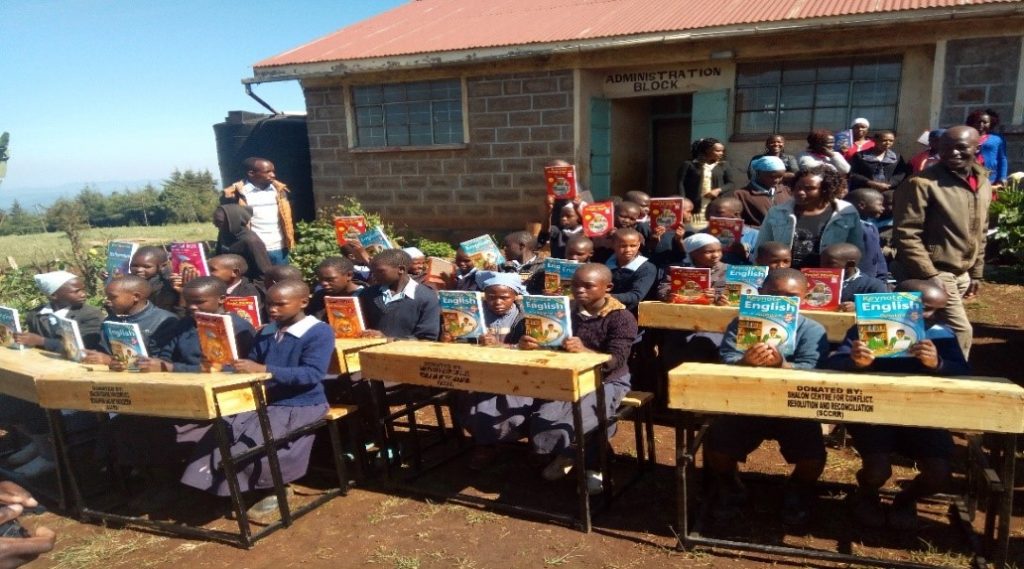
As the world becomes increasingly interconnected, so do the risks we face. The spread of COVID-19 has sent shockwaves across the globe -further compounding the complexity of challenges for health and education. It has affected people regardless of nationality, level of education, income or gender. Education has particularly been hit hard by the pandemic as schools all over the world made the difficult decision to close down in response to lockdown measures. This crisis has forced an abrupt and nearly universal shift to learning that proved disruptive for teachers, students, and parents alike.
Currently, violent intra and inter-ethnic conflicts act as a major threat to the prospected wellbeing of thousands of children in Molo and Kuresoi-sub-counties in Nakuru, Kenya. Moreover, the violence has caused a myriad of negative effects on the economic, social, and political realms of human development and existence. An escalation of the violence has often impaired the functioning of education systems and led to extensive damage to educational infrastructure and facilities. Schools, which have been traditionally safe places, are targeted, and children are often attacked while on their way to or from school.

While it is possible to maintain a semblance of regular school operations in times of violence, it has to be assumed that the quality of teaching, the performance of students, and the level of enrolment by students from different ethnic communities suffer drastically. Most children have shown signs of psychological trauma that is attributed to the images caused by the violence hence affecting their level of concentration in school.
Concerning this COVID-19 pandemic period, it is no different, without access to education, as shocks are experienced-including loss of life, high drop-out rates, health impacts and loss of livelihoods-children are more vulnerable and unprotected. As household finances are being strained and need to increase, children, particularly girls are more likely to be exposed to risks such as family violence, child labor, forced marriage, and exploitation.
It is against this background that Shalom-SCCRR has systematically developed a coherent peace education and development strategy for conflict and crisis sensitive educational assistance. This promotes individual and collective peace competence for affected children in Molo, Kuresoi and other conflict prone regions in Eastern Africa.
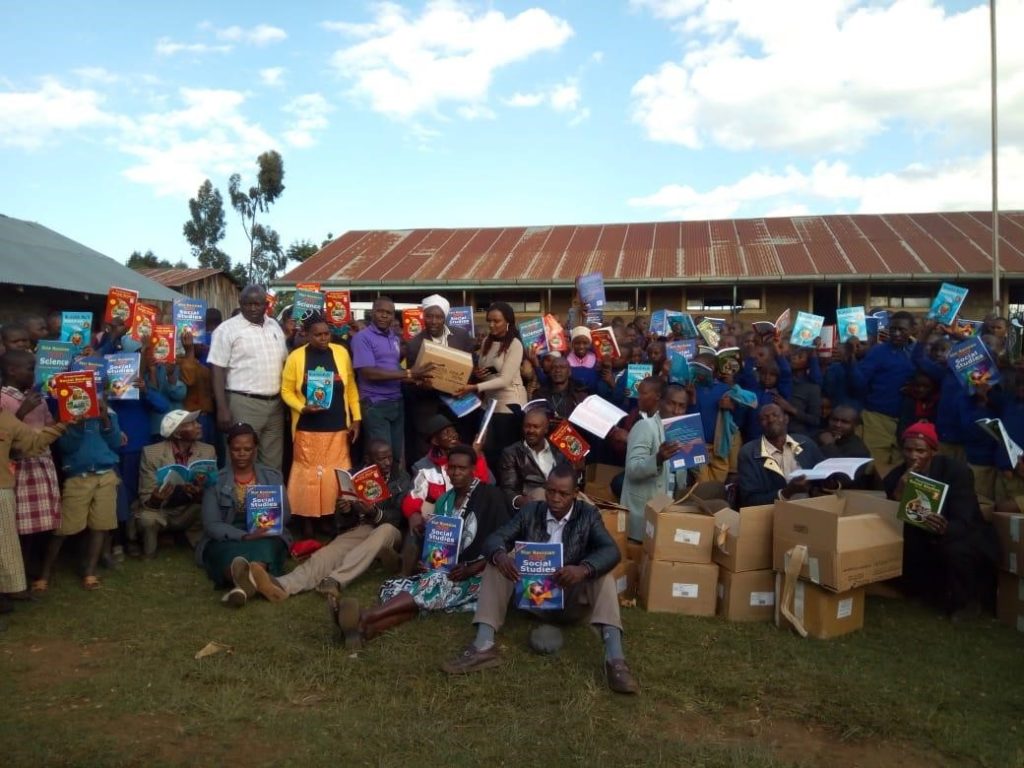
In Dagoretti primary school in Molo, for instance, there are 344 boys and 358 girls all drawn from major conflicting ethnic communities that are constantly affectedduring pre and post-election periods. This school continues to suffer the effects of post-election violence of 2007-2008 long after hostilities ceased: high dropout rates, lower educational attainment, and poor schooling conditions.
Additionally, in Kimkasa primary school in Kuresoi there are 276 boys and 246 girls also drawn from the dominant conflicting ethnic groups from the area. The school was used as a ‘safe zone’ for displaced families that had their homes torched by the ethnic other during the clashes. Learning was disrupted as both the teachers and the pupils could not access the school for its intended purpose. Mr. Oyaro, a teacher at the school pointed out “the ratio of teachers to pupils is quite wanting, the textbooks and desks in the school were destroyed as the communities tried to get shelter in the school, the desks and textbooks are shared at a ratio of 1:4, concentration of the pupils is low as the psychological trauma they experienced still haunts them”.
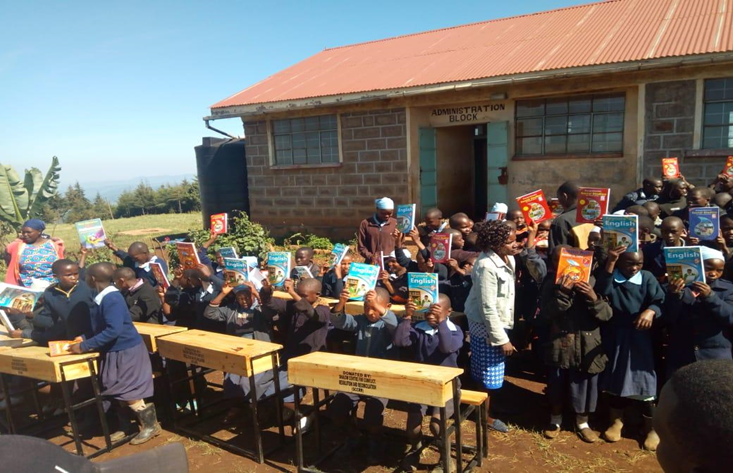
Dagoretti and Kimkasa primary schools are a good example of inter-ethnic and inter religious schools that were supported by Shalom-SCCRR in January 2020. These two schools were in dire need of infrastructure, teaching and learning materials. Shalom-SCCRR supported the schools with learning materials (desks, chairs, textbooks and other stationaries) that would boost inclusivity and integration among students drawn from different ethnic and religious groups in the area. The materials delivered to the school improved the ratio of pupils sharing desks from 4:1 to 2:1 and textbooks from 10:1 to 1:1. The availability of these teaching and learning materials enhanced teacher’s delivery which ultimately would lead to better academic performance.
While COVID-19 pandemic has had deeply disruptive implications, education systems are increasingly looking towards international policy experiences, data and analysis as they develop their policy responses. Accordingly, Shalom-SCCRR contributes to these efforts by developing holistically planned interventions and analyzing quantitative, internationally comparable indicators-that are particularly relevant to understanding the context of the pandemic which the crisis has unfolded in relation to peace education and how to maintain educational provision.
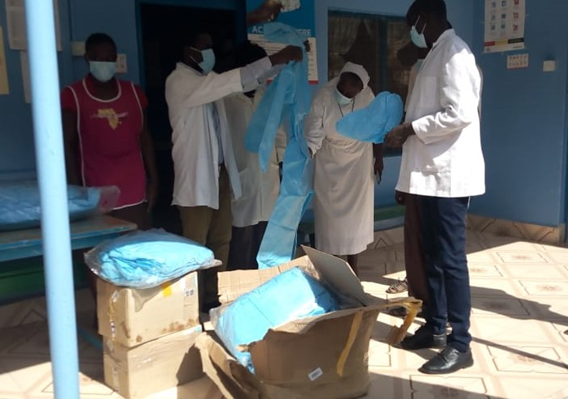
Shalom-SCCRR is committed to ensuring that children in conflict prone societies benefit from a conflict sensitive educational system where every child has the opportunity to enjoy safe learning and attain their dreams in contributing to a more resilient society. Our consistency in engaging with the conflicting ethnic communities has in a greater degree enabled us develop inclusive and multiple identity concepts which appreciate heterogeneity and differences -that are able to encounter empathy to the human race.
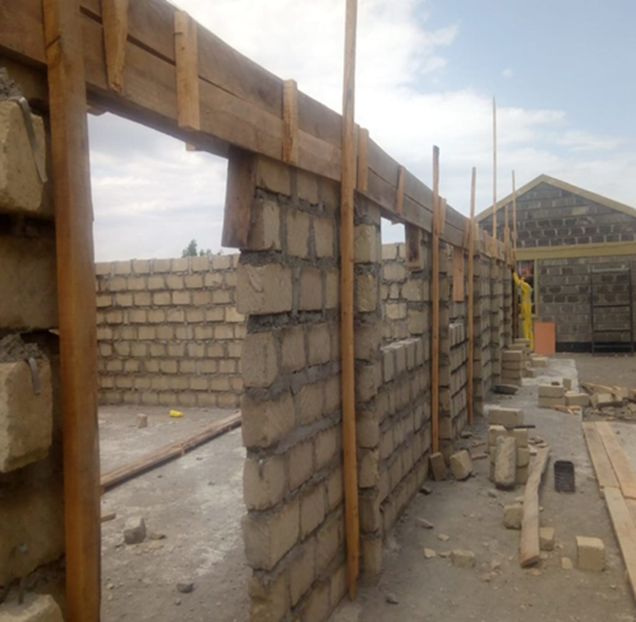
Much appreciation to the unwavering partners and supporters of Shalom-SCCRR around the world that participate in ensuring that children in the conflict zones have the opportunity to fulfil their dreams by not missing on education and a productive life.
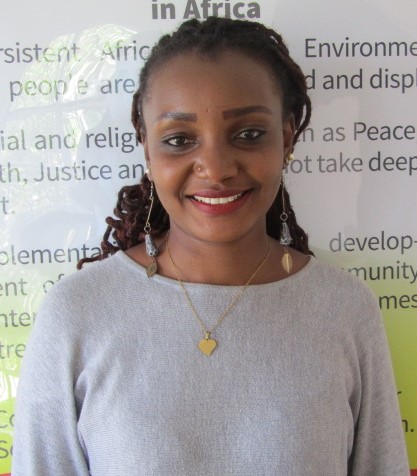
By Joyce Wamae Kamau, MA,
Program Manager (Peacebuilding & Development, Urban Settlements Program).
Shalom Center for Conflict Resolution and Reconciliation
Share this story

